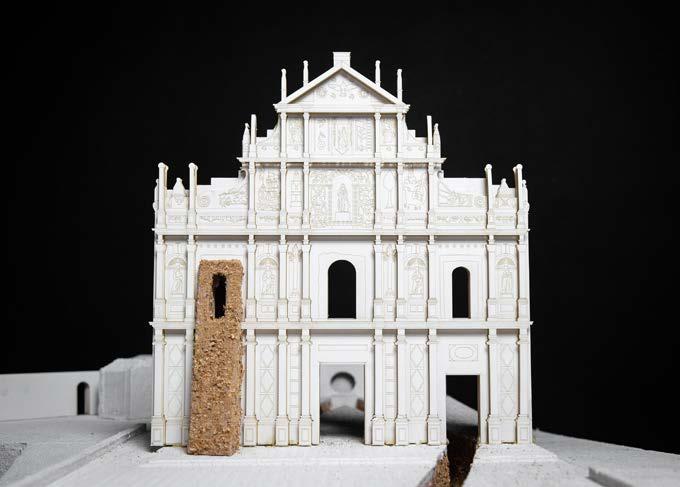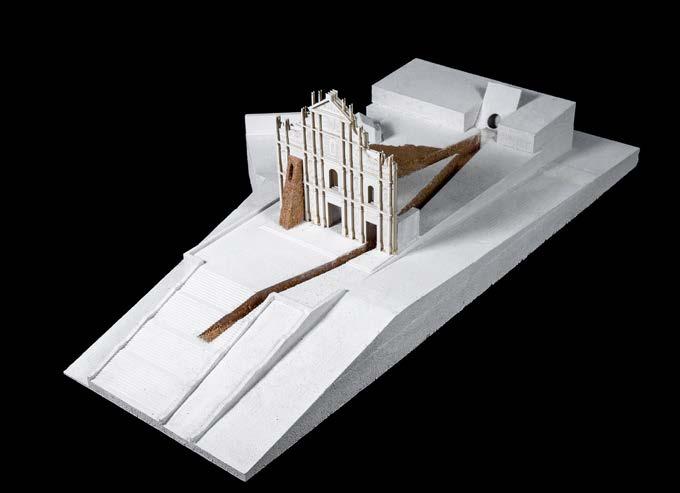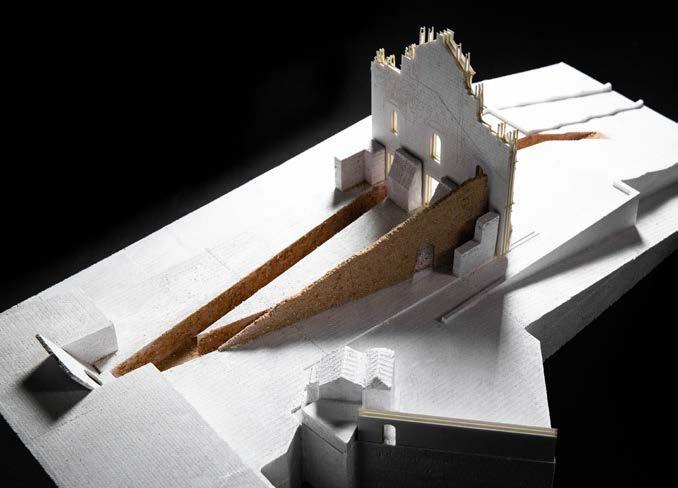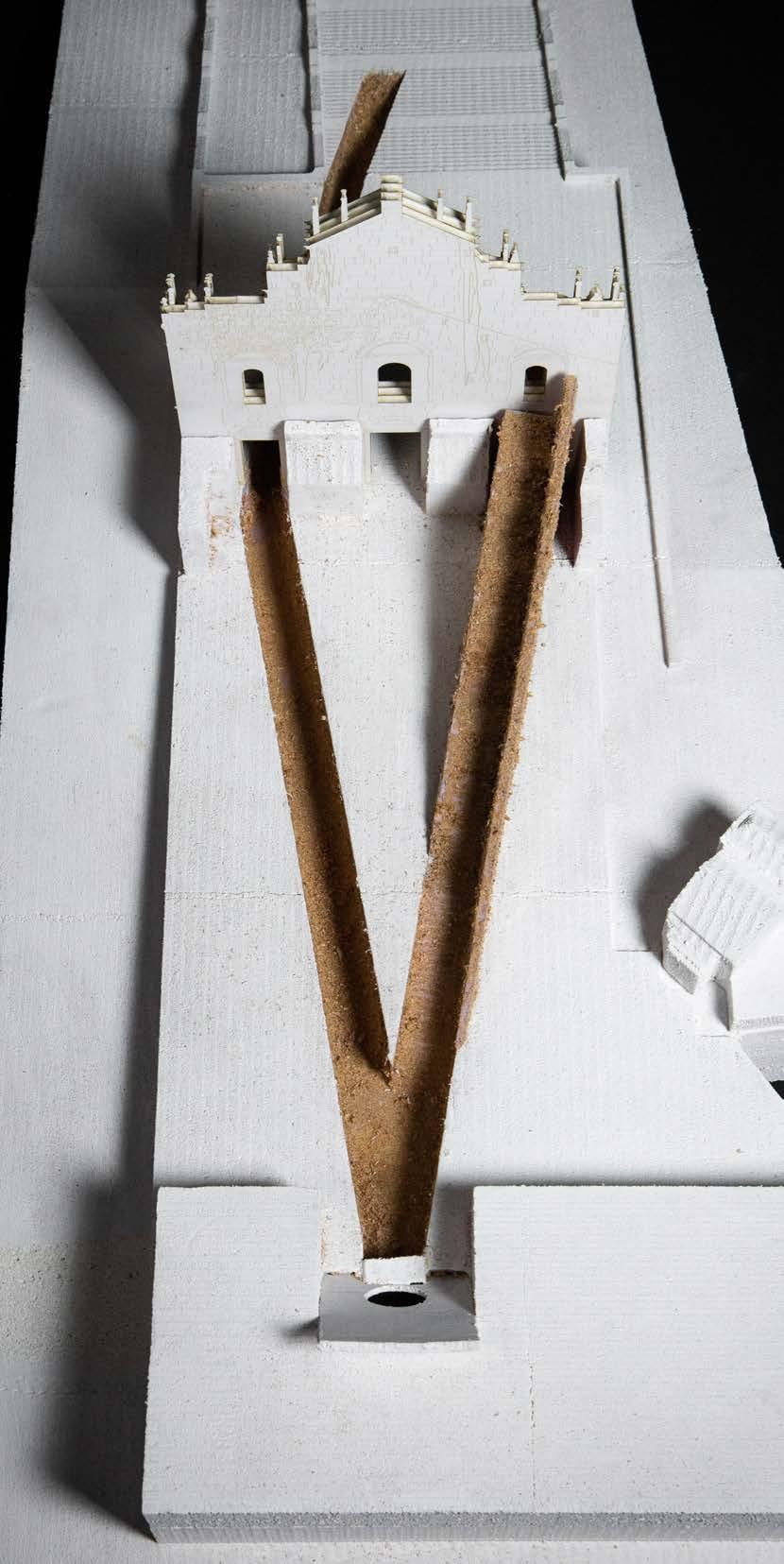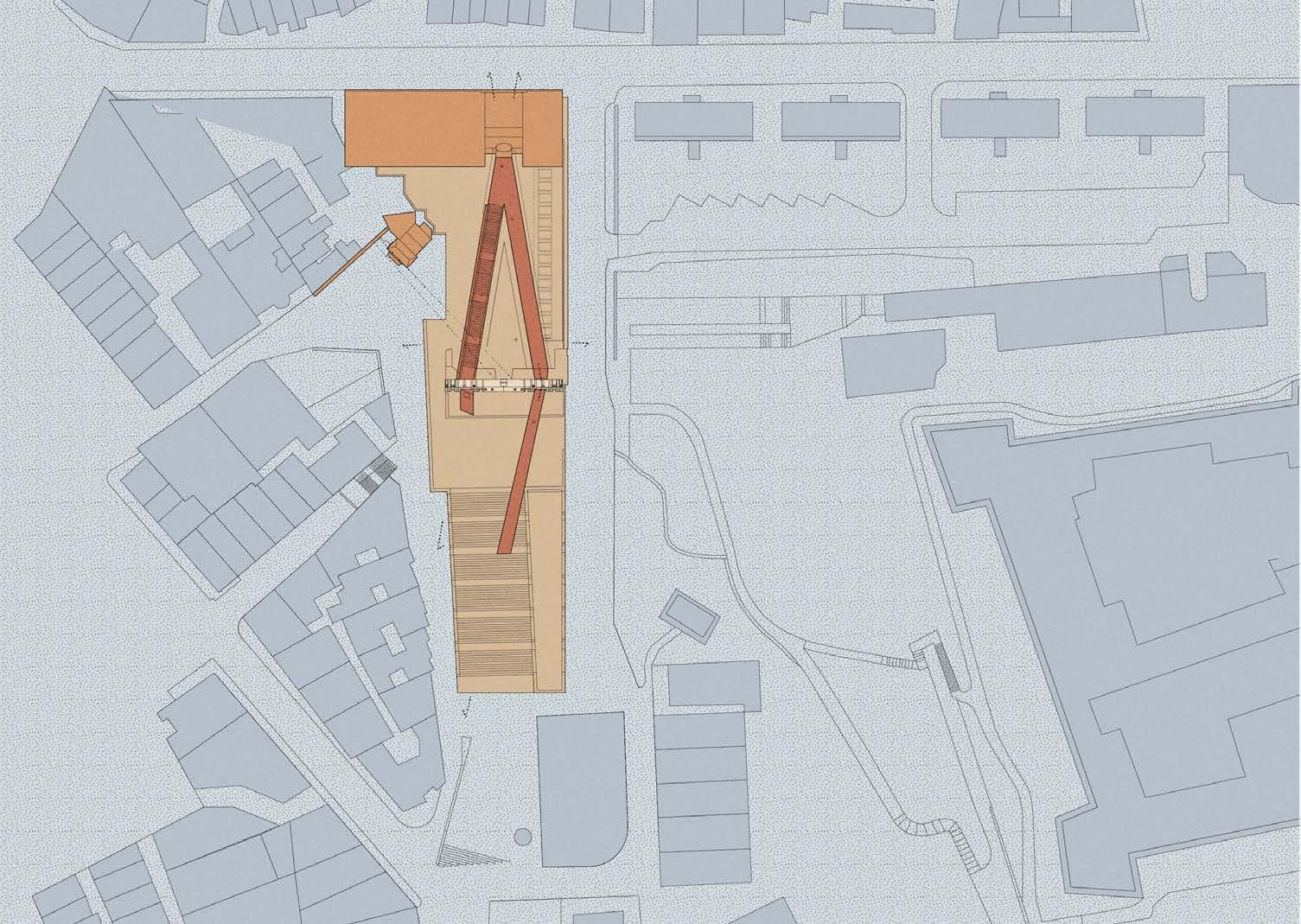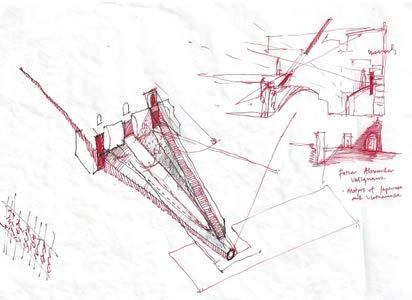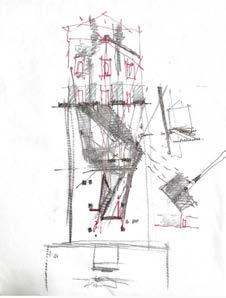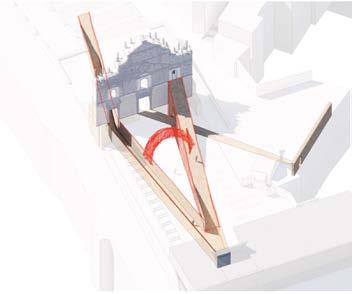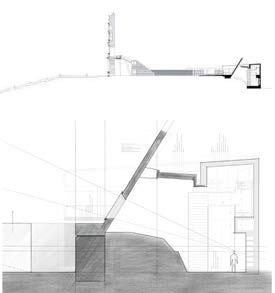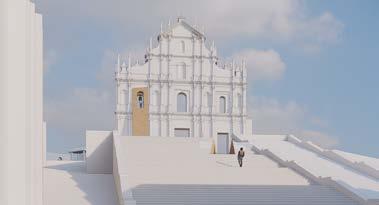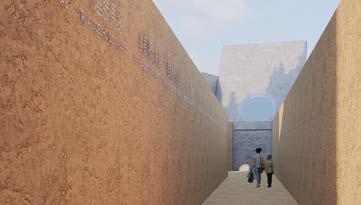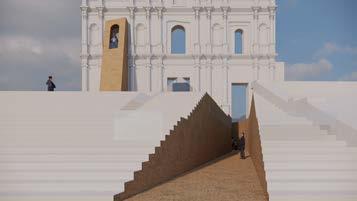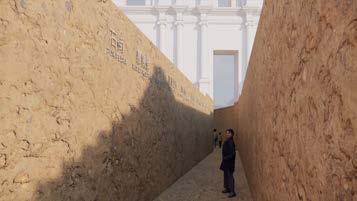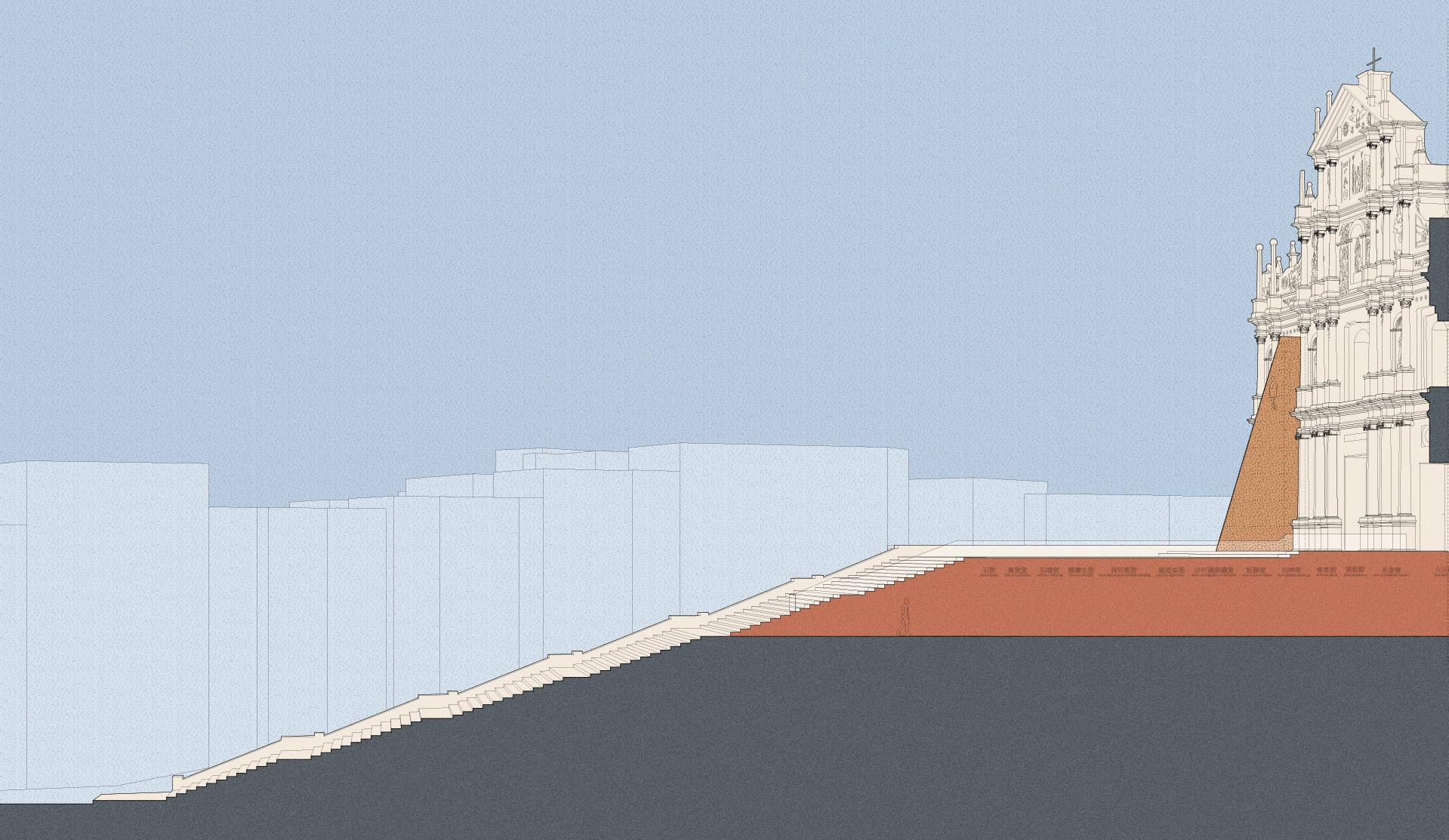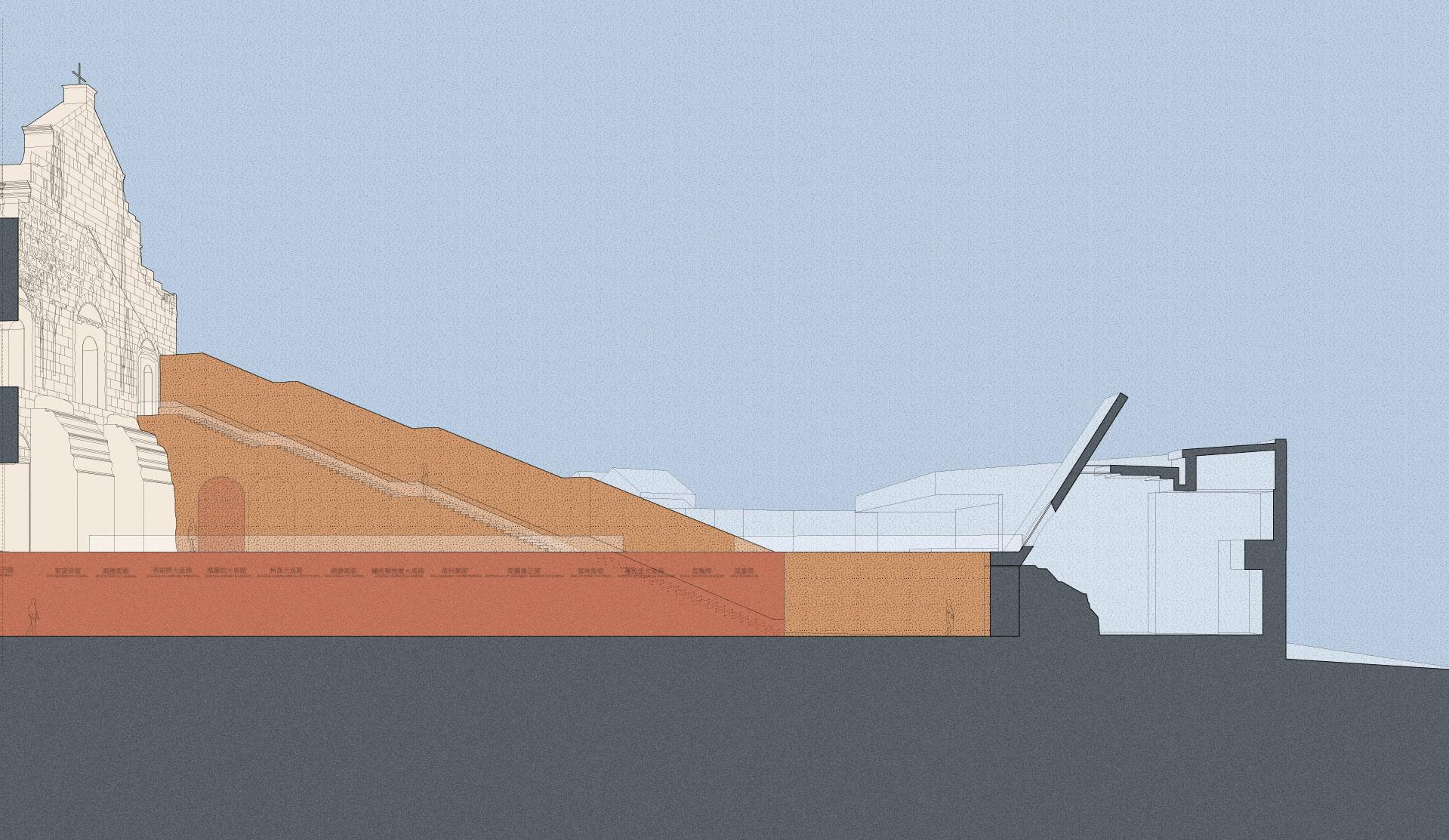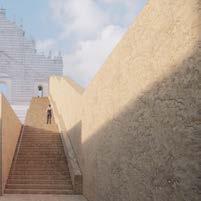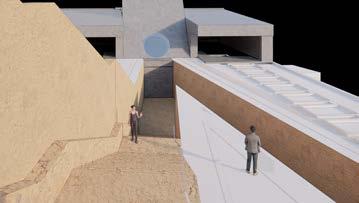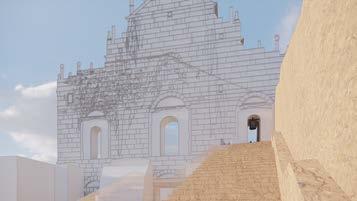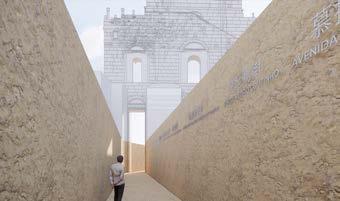
1 minute read
RUINS OF SAINT PAUL’S, MACAU
from HYMNYIU-Portfolio23
by hymnyiu
Subverting Heritage
The Church of Saint Paul’s is built in 1603 by the Portuguese Jesuits and the current facade is the only remaining ruin after the fire in 1835. The Ruins of Saint Paul was declared as a UNESCO Heritage Site in 2005 and has a fixed narrative of celebrating the site being the place where the west meets with the east due to its Chinese and Portuguese decorative motifs. The meeting began when trading and evangelization efforts traveled from the west to Japan and to Macau as a gateway to China.
Advertisement
The site of the facade is located right on the border of the old city wall, which separates the Portuguese colonized settlement and the north which is where the Chinese Villagers resided with mostly agricultural land. Since the Ruins of Saint Paul’s is named as 大三巴牌坊 (Paifang translates to gateway), the project takes on the remaining facade’s metaphor as a threshold of the colonial encounter and memorializes the hidden narratives of the past which includes the oppression of the Mongha Village.
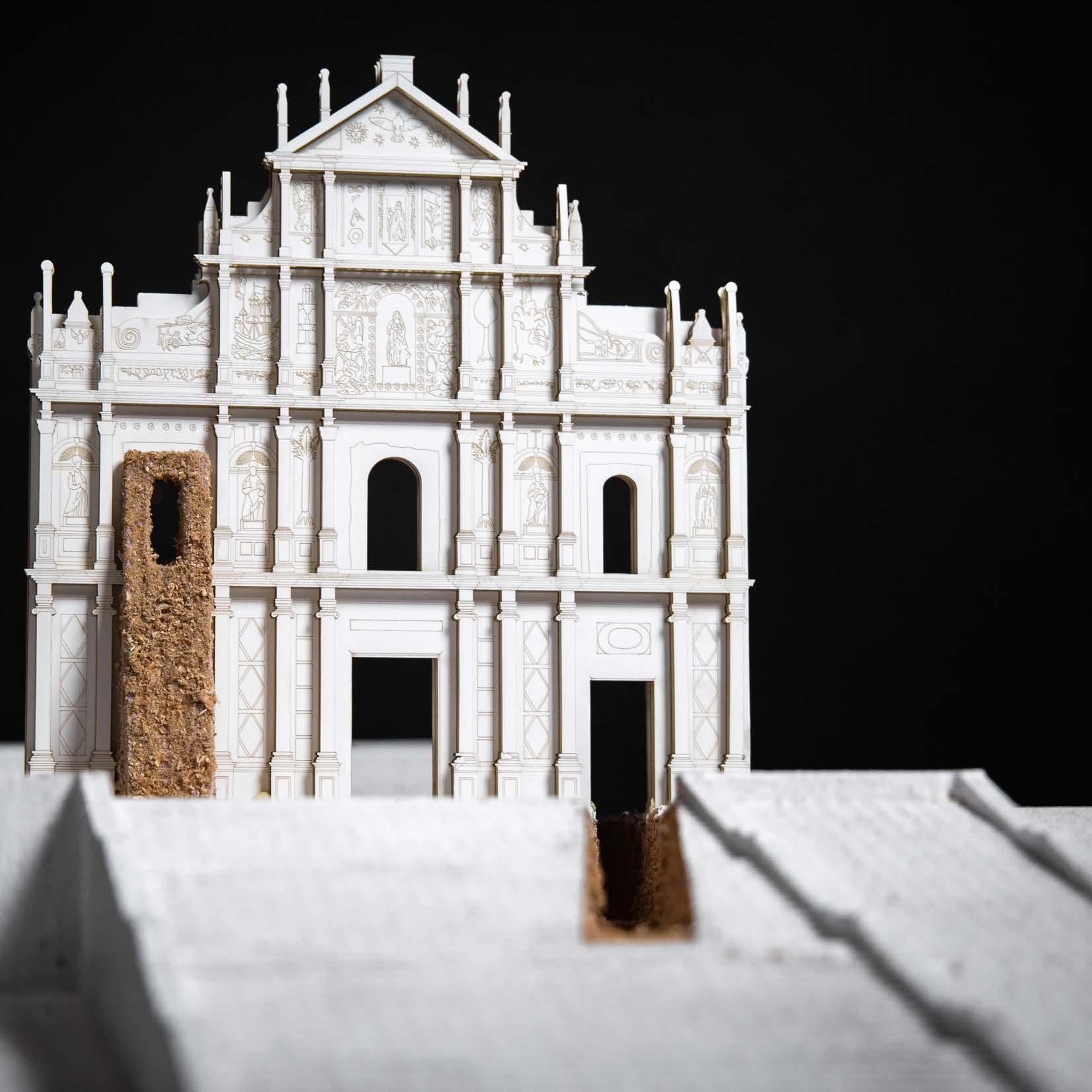
In 1849, Governor Jose Maria Ferreira proposed to extend roads and urbanize northern Macau which uplifted many houses and Chinese graves which are considered sacred within Chinese culture. The memorial carves into the site and creates a new entrance that celebrates the burnt facade that was facing the Chinese community, allowing them to reclaim its connection to the city and subverting the narrative that downplayed the repression that happened within its colonial past.
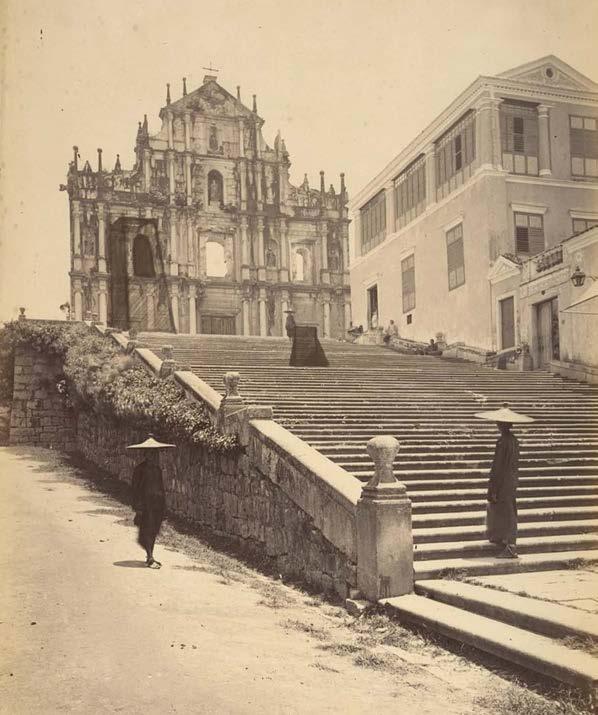
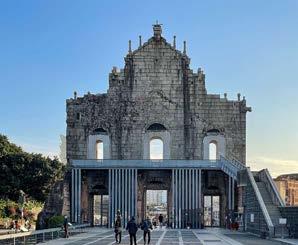
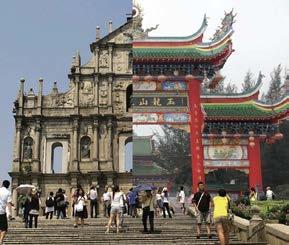
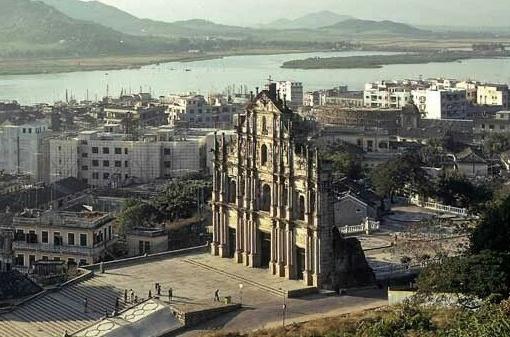
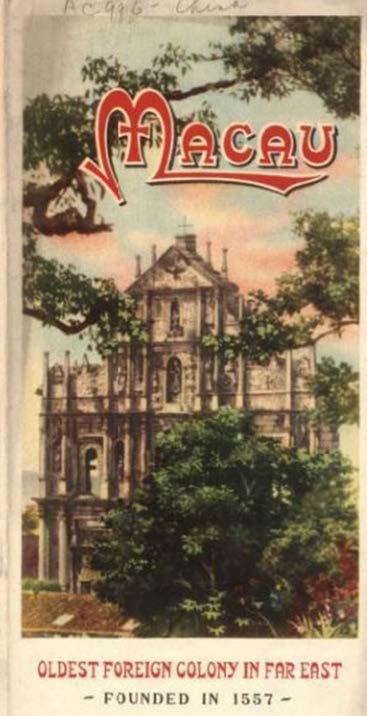
Chinese Villages including the Mongha Village
Portugese’s urbanization efforts with modern streets
Church of Saint Paul’s
Old City Wall (by the Portugese)
Portugese Settlement and UNESCO Buffer Zone
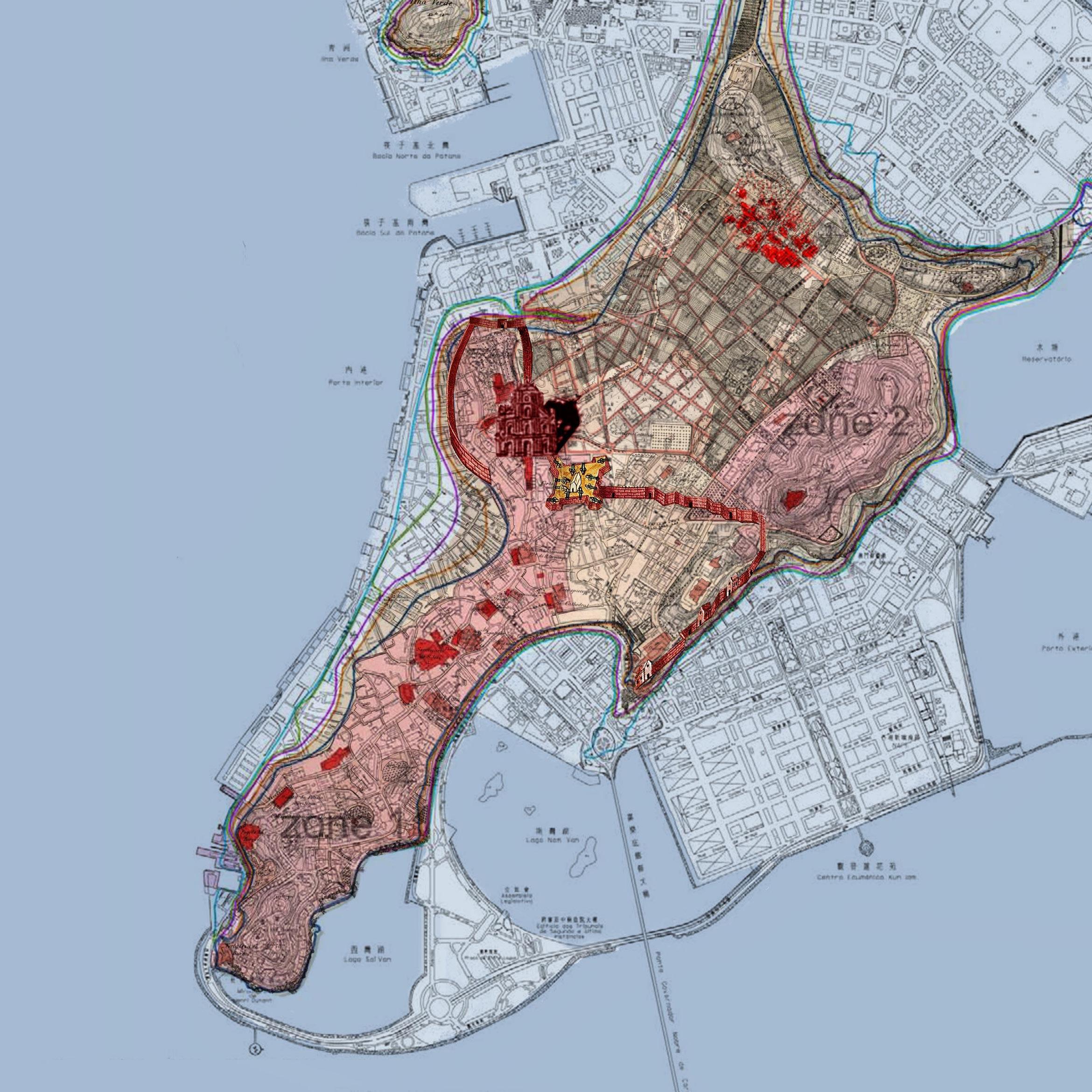
UNESCO Protected Buildings
UNESCO Site Map in Relationship to the Colonized Encounter Ruins of St. Paul’s | Cornell AAP | ARCH 5101 | 2022
